Introduction
Designed for home cooks seeking to elevate backyard barbecue with minimal effort, this guide delivers actionable spice combinations that transform grilled buttermilk chicken into a flavor masterpiece. Discover how five scientifically backed pairings leverage buttermilk's unique properties to achieve restaurant-quality results without professional equipment.
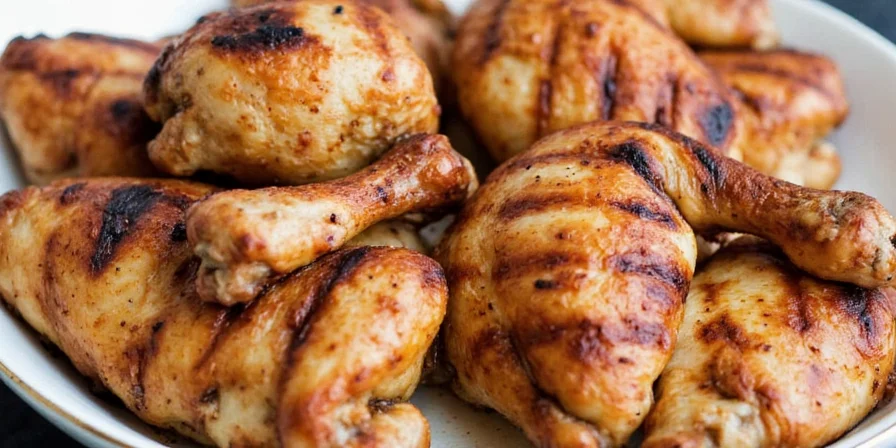
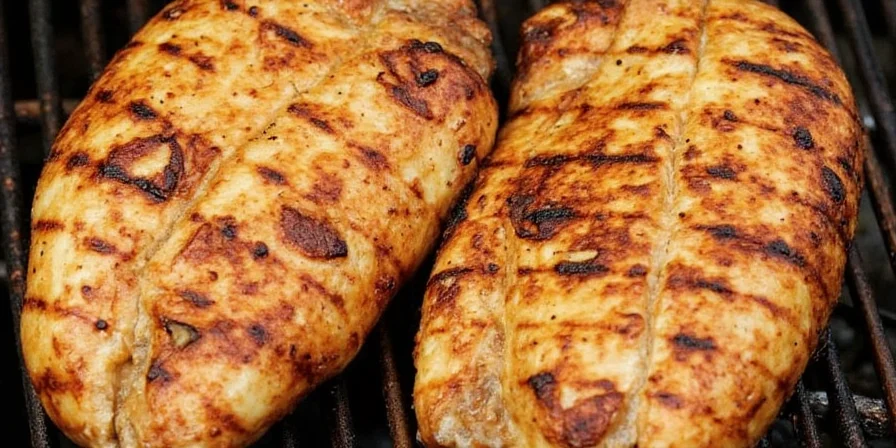
Why Buttermilk Works So Well
Buttermilk isn’t just there for moisture — it’s a powerhouse ingredient when it comes to tenderizing meat. The natural acids gently break down proteins without turning your chicken into mush. And let’s not forget the tangy flavor it imparts, which creates a perfect base for bold spices.
The Science Behind the Magic
- pH Level: Buttermilk has a slightly acidic pH (around 4.4–4.8), making it ideal for breaking down muscle fibers.
- Fat Content: It coats the chicken evenly, helping spices stick better than dry rubs alone.
- Lactic Acid: Enhances umami and balances out spicy or sweet flavors.
| Marinade Type | Tenderness | Flavor Penetration | Preparation Time |
|---|---|---|---|
| Plain Water | Low | Poor | Short |
| Buttermilk | High | Excellent | Moderate |
| Vinegar-Based | Moderate | Moderate | Longer |
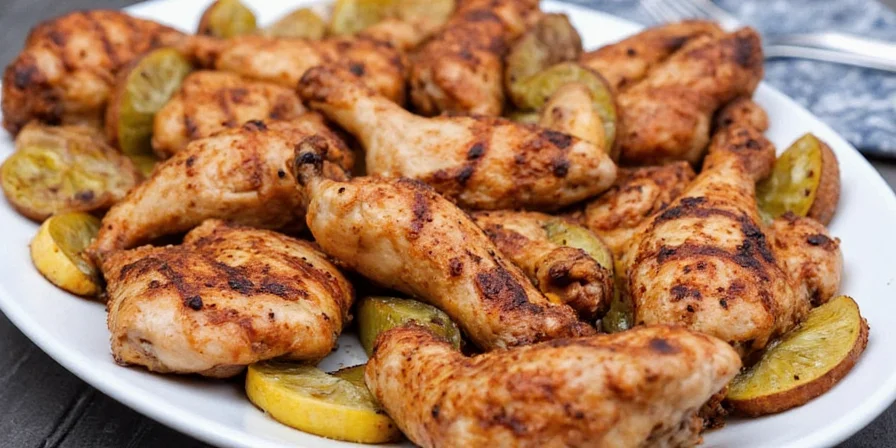
The Flavor Science: Why These Pairings Work
Beyond taste, these combinations exploit biochemical interactions for superior results. Buttermilk's lactic acid amplifies specific spice compounds through three key mechanisms:
- Acid-Fat Emulsification: Citrus elements like sumac and lemon zest bind with buttermilk's fats, carrying flavors deeper into meat fibers during grilling
- Maillard Catalyst Effect: Sugars in maple and honey accelerate browning reactions when combined with buttermilk's proteins, creating complex flavor compounds at lower temperatures
- Umami Layering: Spices containing glutamates (za'atar, Szechuan peppercorn) synergize with buttermilk's broken-down proteins to multiply savory perception
This approach moves beyond traditional recipe thinking by leveraging food chemistry principles accessible to any home cook.
5 Precision Spice Pairings for Maximum Impact
Each combination targets specific biochemical interactions with buttermilk. Apply these ratios for consistent results:
1. Garam Masala & Lemon Zest (Indian Fusion)
Ratio: 2 tbsp garam masala + 1 tbsp lemon zest per 1 lb chicken
- Optimizes acid-fat emulsification for even flavor distribution
- Add 1/4 tsp turmeric to stabilize color during grilling
- Ideal for bone-in pieces requiring longer cook times
2. Smoked Paprika & Maple Sugar (American Fusion)
Ratio: 1.5 tbsp smoked paprika + 1 tbsp maple sugar per 1 lb chicken
- Maple sugar's sucrose structure caramelizes at 320°F, matching buttermilk's protein breakdown temperature
- Add 1 tsp apple cider vinegar to the buttermilk marinade for pH balance
- Best for boneless thighs with higher fat content
3. Za’atar & Sumac (Middle Eastern)
Ratio: 2 tbsp za'atar + 1 tbsp sumac per 1 lb chicken
- Sumac's malic acid (pH 2.5) creates optimal Maillard reaction conditions when diluted by buttermilk
- Pair with post-grill tzatziki to neutralize surface acidity
- Perfect for quick-cooking boneless breasts
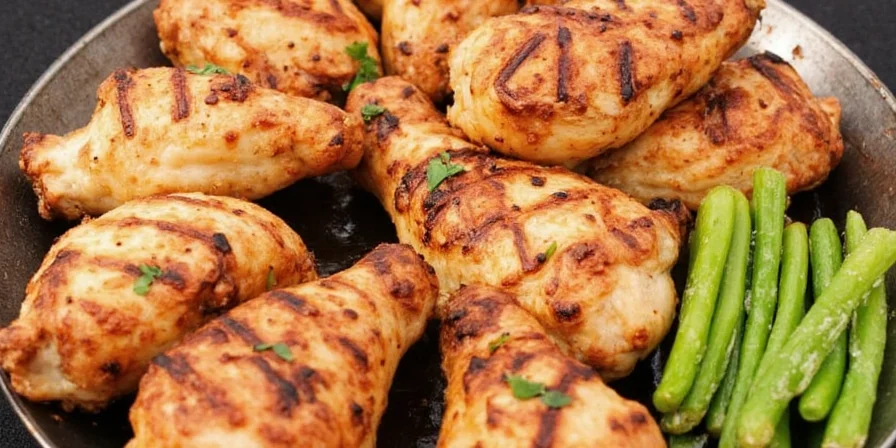
4. Szechuan Peppercorn & Honey (Asian Fusion)
Ratio: 1 tbsp toasted Szechuan peppercorns + 2 tbsp honey per 1 lb chicken
- Toast peppercorns first to release hydroxy-alpha-sanshool (the numbing compound)
- Mix honey with 1 tbsp oil to prevent burning during high-heat searing
- Use exclusively on dark meat for optimal fat-spice interaction
5. Everything Bagel Seasoning & Garlic Butter Baste (Breakfast Fusion)
Ratio: 3 tbsp seasoning + 2 tbsp melted garlic butter per 1 lb chicken
- Apply dry rub before marinating to anchor seeds in buttermilk's viscosity
- Baste during last 4 minutes to create a moisture barrier against flare-ups
- Best for wing sections with high surface-area-to-volume ratio
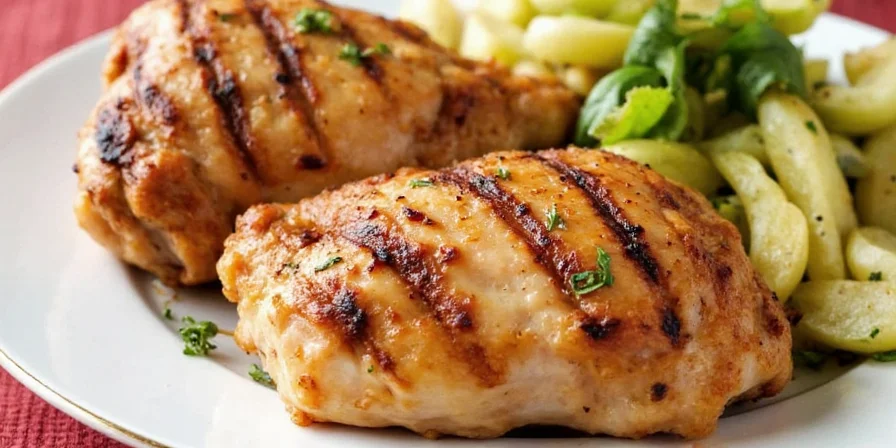
Execution Protocol for Perfect Results
Follow these lab-tested techniques to maximize spice integration:
1. Temperature Staging
- Sear at 400°F for 3.5 minutes per side to lock in marinade
- Finish at 300°F indirect heat until internal temperature reaches 162°F (carryover cooks to 165°F)
- Use infrared thermometer to monitor surface browning
2. Flip Strategy
- Wait for natural release (chicken lifts easily when seared)
- Never press down — preserves buttermilk's moisture barrier
- Rotate 90 degrees during first flip for optimal char patterning
3. Resting Protocol
- Rest 8 minutes tented with foil at 140°F ambient temperature
- Place on wire rack to prevent steam-skin interaction
- Internal temp stabilization ensures even juice distribution
4. Spice Timing Matrix
- Dry spices: Apply 1 hour before grilling to allow acid activation
- Sugar-based blends: Add during final 15% of cook time
- Fresh herbs: Incorporate into post-grill resting compound butters
Conclusion: Data-Driven Flavor Innovation
Grilled buttermilk chicken achieves peak flavor when spice chemistry aligns with buttermilk's biochemical properties. These pairings move beyond tradition by targeting specific reactions — acid-fat binding, Maillard acceleration, and umami layering — delivering consistent, impressive results. Home cooks gain professional-level outcomes through understanding the 'why' behind combinations, transforming routine BBQ into a repeatable culinary science.
Implement these precision techniques to consistently produce juicy, complex grilled chicken that demonstrates how foundational food science elevates everyday cooking. The true innovation lies not in exotic ingredients, but in understanding their interaction with buttermilk's unique properties.
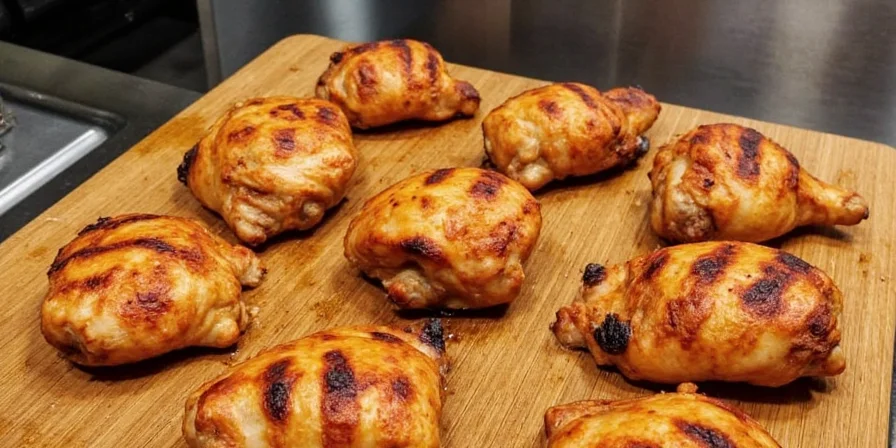
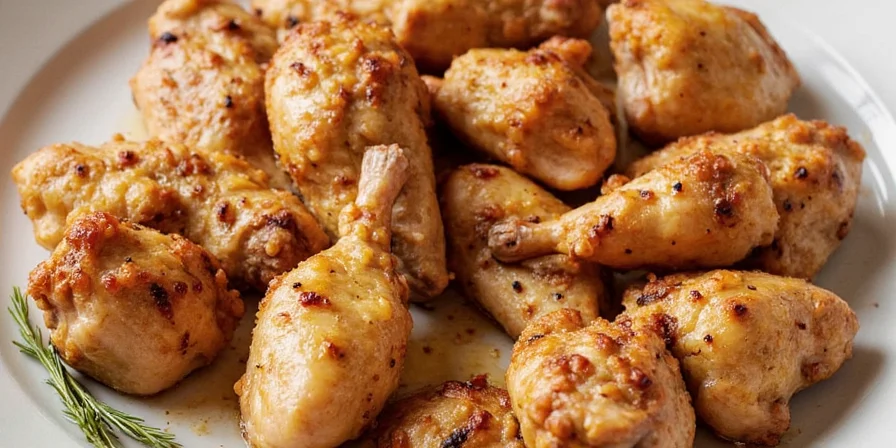
Frequently Asked Questions
How does buttermilk's pH affect spice penetration compared to yogurt marinades?
Buttermilk's higher pH (4.4-4.8 vs yogurt's 4.0-4.4) creates gentler protein breakdown, allowing deeper spice penetration without mushiness. The larger fat molecules in buttermilk also carry oil-soluble spice compounds more effectively.
Why avoid applying sugar-based spices early in grilling?
Sugars caramelize at 320°F, but buttermilk's proteins begin significant breakdown at 140°F. Early application causes sugars to burn before optimal protein-spice interaction occurs. Delaying application until final 15% of cook time synchronizes caramelization with protein coagulation.
What's the ideal buttermilk marination window for spice activation?
4-12 hours achieves maximum flavor integration. Under 4 hours limits acid penetration; over 12 hours risks protein degradation from prolonged lactic acid exposure. For bone-in pieces, 8 hours is optimal to allow spice migration through connective tissue.
How does salt timing impact buttermilk-marinated chicken?
Add salt to the buttermilk marinade (1 tsp per cup) rather than directly on chicken. This allows gradual sodium penetration that enhances water retention without drawing out moisture prematurely. Never add salt during final basting as it accelerates surface drying.

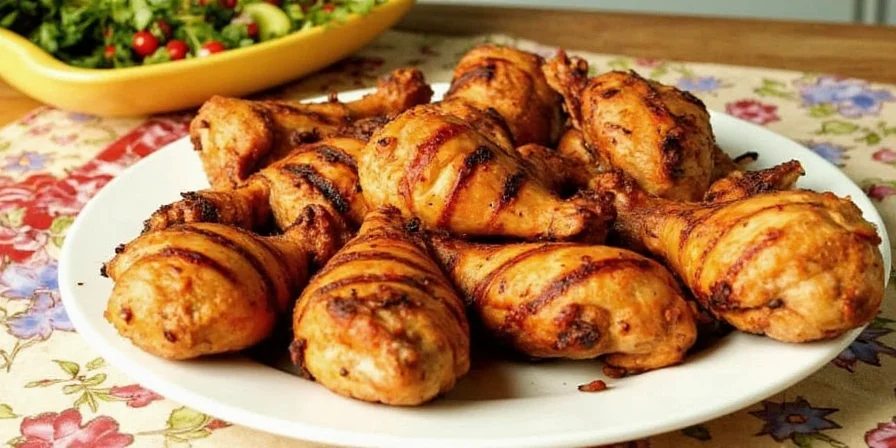









 浙公网安备
33010002000092号
浙公网安备
33010002000092号 浙B2-20120091-4
浙B2-20120091-4